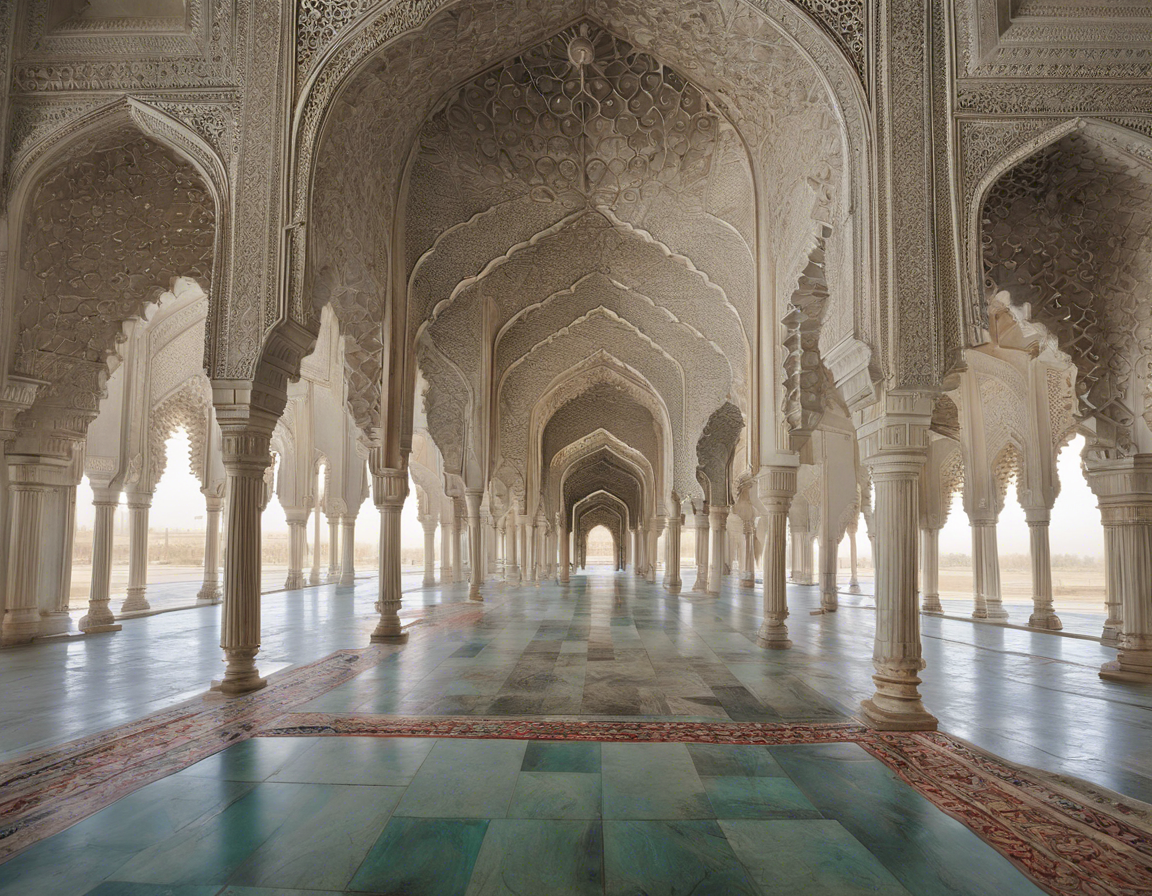Introduction
Bibi Ka Maqbara is a stunning monument located in Aurangabad, Maharashtra, India. Often referred to as the “Taj of the Deccan” due to its striking resemblance to the iconic Taj Mahal in Agra, Bibi Ka Maqbara is a testament to the architectural prowess of the Mughal Empire. Built in the 17th century, this monument holds a significant place in Indian history and continues to attract thousands of tourists every year.
History of Bibi Ka Maqbara
Bibi Ka Maqbara was commissioned by the Mughal Emperor Aurangzeb in memory of his first wife, Dilras Banu Begum. The construction of this grand mausoleum began in 1651 and was completed in 1661. The chief architect of Bibi Ka Maqbara was Ata-ullah, who tried to replicate the design of the Taj Mahal, albeit on a smaller scale and with a limited budget.
Architectural Elements
Bibi Ka Maqbara showcases a beautiful blend of Mughal and Persian architectural styles. The main structure of the mausoleum is built using white marble, with intricate carvings and Islamic calligraphy adorning its walls. The mausoleum stands on a high square platform, surrounded by four minarets at each corner, lending it a grand and majestic appearance.
Key Features
-
Dome: The central dome of Bibi Ka Maqbara is one of its most striking features. It is adorned with intricate designs and patterns, much like the Taj Mahal’s dome.
-
Garden: The mausoleum is surrounded by a lush garden known as Charbagh, a traditional Persian-style garden with four distinct quadrants connected by water channels.
-
Main Hall: The main chamber of the mausoleum houses the cenotaph of Dilras Banu Begum. The walls of the hall are decorated with delicate latticework and motifs, adding to its beauty.
-
Grilles: The mausoleum features intricately designed marble grilles that allow natural light to filter into the inner chambers, creating a serene ambiance.
Visitor Information
Bibi Ka Maqbara is open to visitors throughout the week, with an entry fee for both domestic and international tourists. The best time to visit the monument is during the early morning or late afternoon, as the soft light enhances its beauty. Guided tours are available for those interested in learning more about the history and architecture of the mausoleum.
Frequently Asked Questions (FAQs)
- Is Bibi Ka Maqbara open to the public?
-
Yes, Bibi Ka Maqbara is open to the public and visitors can explore the monument and its surroundings.
-
What are the opening hours of Bibi Ka Maqbara?
-
The monument is open from [insert timings] every day of the week.
-
Is photography allowed inside the mausoleum?
-
Photography is allowed in designated areas of Bibi Ka Maqbara, but there are restrictions on using tripods and drones.
-
Are there any nearby attractions to visit along with Bibi Ka Maqbara?
-
Yes, tourists can also visit the Aurangabad Caves, Daulatabad Fort, and Panchakki (water mill) in the vicinity of Bibi Ka Maqbara.
-
What is the significance of the name “Bibi Ka Maqbara”?
- The term “Bibi Ka Maqbara” translates to “Tomb of the Lady” in English, highlighting its purpose as a mausoleum built in memory of Dilras Banu Begum.
Conclusion
Bibi Ka Maqbara stands as a remarkable architectural masterpiece that pays tribute to the rich history and cultural heritage of India. Its intricate design, fine craftsmanship, and historical significance make it a must-visit destination for history enthusiasts and architecture aficionados. A visit to Bibi Ka Maqbara offers not only a glimpse into the Mughal era but also a chance to appreciate the enduring beauty of this magnificent monument.
